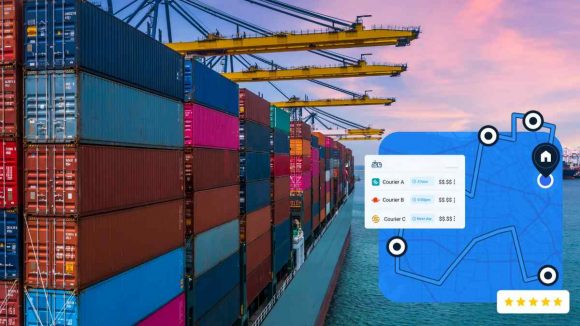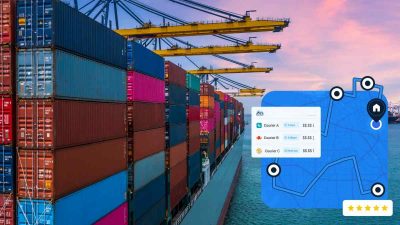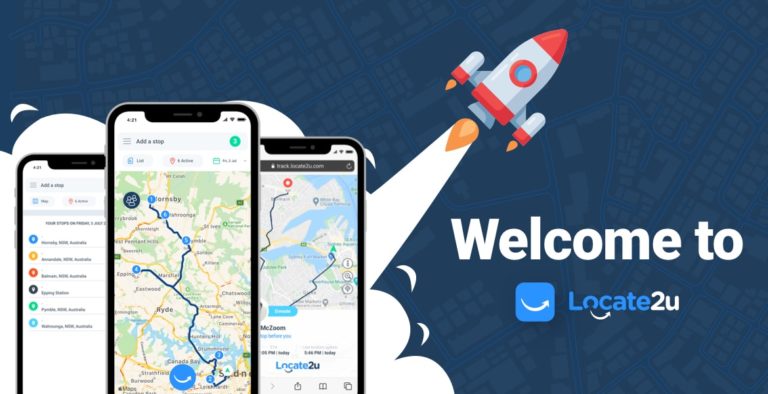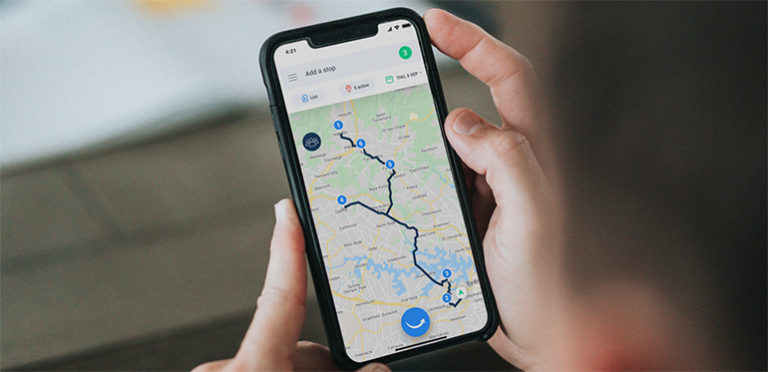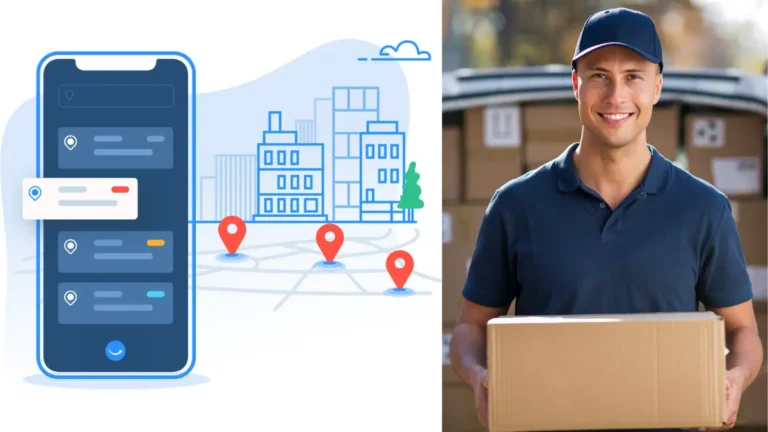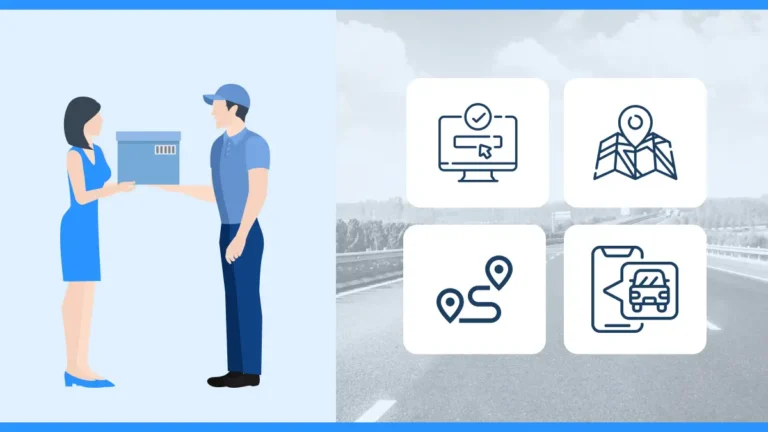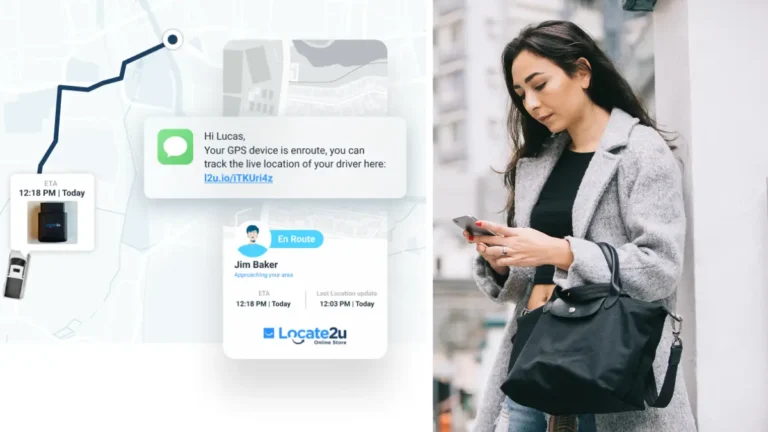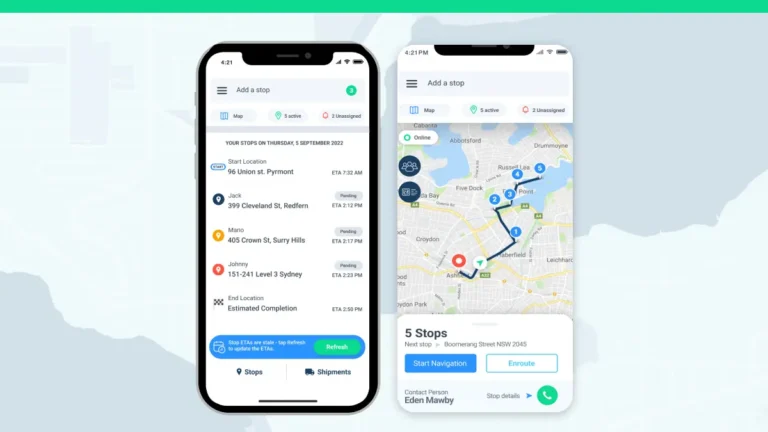International shipping can be complicated, and many potential issues can arise. That’s why proof of delivery is vital for long distances, customs clearance, and various regulations.
With time, proof of delivery (PoD) systems have evolved to meet these demands and are offering advanced features tailored for those sending parcels around the globe.
Whether you’re shipping expensive goods or everyday items, having electronic-proof features can make a world of difference.
What Is Proof of Delivery?
Proof of delivery is a documented acknowledgment that confirms that the delivery service has been completed successfully. This includes the package, shipment, or service having been successfully delivered to the intended recipient.
Modern businesses strictly use electronic proof and no longer use time-consuming and confusing paper documents to manually fill out forms.
Proof of delivery serves as evidence that the delivery was completed as per the customer’s instructions. If that means the customer wanted the parcel to be left under the roof, then so be it.
If the customer doesn’t want the delivery driver to open the gate, then that instruction needs to be followed.
What’s the purpose of proof of delivery? It’s to verify that the correct order has been delivered, serves as a legal document in case of a disagreement, and boosts customer satisfaction.
Types of Proof of Delivery for International Parcels
There are different types of proof of delivery that can be used for international parcels to ensure they are safe and undamaged.
Signed delivery receipts are an old way of tracking orders with a paper document to confirm that the package was received in good condition. This can result in plenty of issues due to the proximity of the customer from the sender.
Electronic signatures are easier to handle and keep track of. Customers can sign for the package electronically, and the document is stored in the cloud. There is no need for the original copies to be kept in a safe place.
Another popular option is barcodes or QR codes accompanied by a tracking system. It serves as a digital receipt used by delivery drivers during the delivery process.
For more expensive gear and equipment, companies might want to track their assets with a GPS tracking device that provides all the necessary information and details at the end of the trip.
This electronic PoD can track the package’s location via its location on the map.
For smaller businesses, tracking non-expensive parcels, a simple photograph capture is sufficient. A photo is taken once the international parcel arrives as its destination.
For shipping companies to give customers that extra peace of mind, they send tracking information for the customer to follow the package along the route.
Let’s now look at the eight essential PoD features to consider for international deliveries.
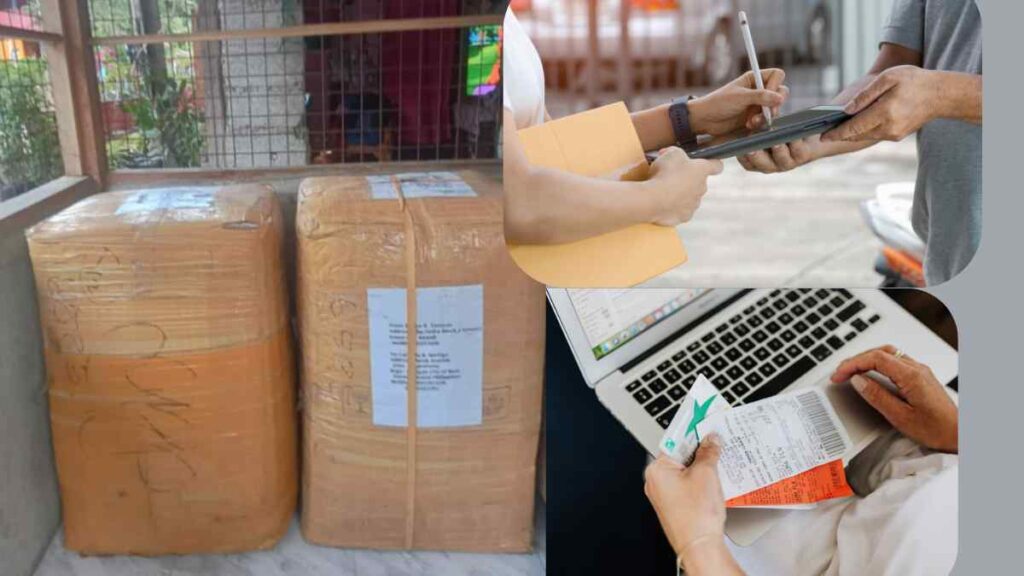
1. Digital Signatures By Delivery Drivers
Imagine a customer calling to dispute a delivery service that took place two weeks ago. Since you don’t have digital proof of delivery, you rely on paper documents.
The claim is serious, and the customer is threatened with legal action. You spend hours in the evenings trying to find that paper document. This can easily be avoided if the delivery documents are digitally captured.
The days of paper slips are over. Digital signatures are now a standard feature in proof of delivery systems.
They provide an efficient, eco-friendly way to confirm that a customer has received his/her goods.
This is even more useful for international deliveries. It serves as legal and financial documents that can reduce the need to physically handle documents, streamlining the process across borders.
Think about efficiency and speed. Digital signatures integrate with delivery systems for instant updates and eliminate the need to scan or store physical documents, which will only get lost when working across borders.
2. GPS-Enabled Tracking
GPS tracking is crucial for real-time updates on shipments during the delivery process.
Your customer might be sitting on the other side of the world, and you need to know when and if the parcel is safe. The distance it’s traveling is far, it could take days, and the last thing you want as a delivery company is a concerned customer on the other side of the phone.
For international deliveries, integrating GPS with PoD helps to know exactly where the shipment is.
You can easily send your customers updates and gain evidence of their exact delivery location. GPS data acts as verifiable proof of delivery, showing exact locations and timestamps. This can help to quickly resolve any disputes before it ends up in court.
3. Photo Confirmation for Proof of Delivery
This might sound a bit obvious, but photo proof confirmation is vital. It ensures transparency.
The sender might be concerned about the parcel, and when he/she receives multiple photos that the item has arrived safe and sound on the other side, it boosts customer trust.
A photo shows exactly where and how a package was delivered. This feature is especially helpful for resolving disputes or verifying deliveries in high-risk areas.
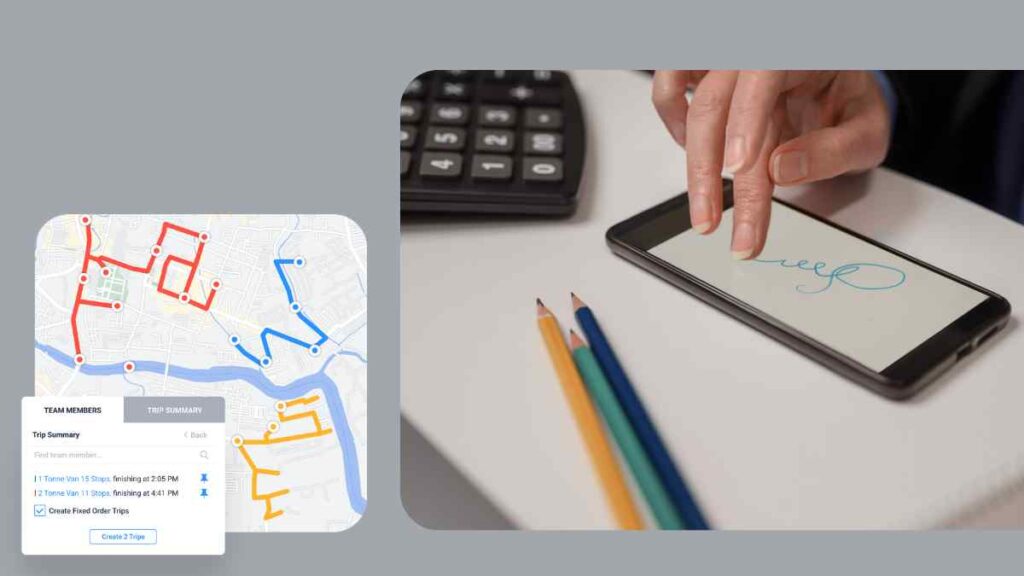
4. Multi-Language Support During Delivery Process
Language differences can be a make or break of a successful delivery. Miscommunication has led to several failed deliveries especially internationally.
Multi-language support in PoD systems ensures recipients, delivery drivers, and stakeholders can access delivery details in their preferred language. Not understanding what is written on a delivery note can end up in a failed delivery.
To improve customer service, it’s important that this multi-language support feature is part of the PoD software. It makes the delivery tracking process less stressful for everyone involved.
5. Cloud-Based Record Keeping for Electronic Proof
International shipments involve multiple checkpoints, carriers, and regulations. You can imagine the amount of planning that goes into the logistics operations of international cargo.
To improve delivery efficiency, cloud-based proof of delivery systems store all delivery records securely online.
Accessing these vital documents in the cloud makes it easier for everyone involved.
Now think of the convenience when it’s time for auditing and compliance purposes. You don’t have to go through endless delivery documentation, it’s much easier to search for specific information digitally.
6. Customs Documentation Integration as Delivery Documents
Now that your shipment has passed international checkpoints and regulations, it’s time for customs clearance – let’s be honest – which can be a major hurdle.
Luckily modern proof of delivery software can integrate customs documentation into the delivery process. It’s easier to access and reduce delays, which can create a delay in delivery times.
7. Secure Access Controls
You might be wondering about the security of customers’ information, but rest assured, security is a top priority for international shipments.
And if it is a high-valued good, even more so. Proof of delivery systems with secure access controls ensures that only authorized personnel can view or modify delivery data.
Features like role-based access and encryption protect sensitive information and ensure that it remains secure.
8. Offline Functionality During Proof of Delivery
International deliveries often pass through areas with limited or no internet connectivity. This could send your heart rate up if you have no idea where the parcel is during this time.
Proof of delivery systems with offline functionality ensures delivery details can be recorded even in such conditions. So if you are delivering parcels in patchy internet connectivity, this is a must feature to ensure your cargo is safe at all times.
How does it work? Data syncs automatically when the device reconnects, keeping records accurate and up to date.
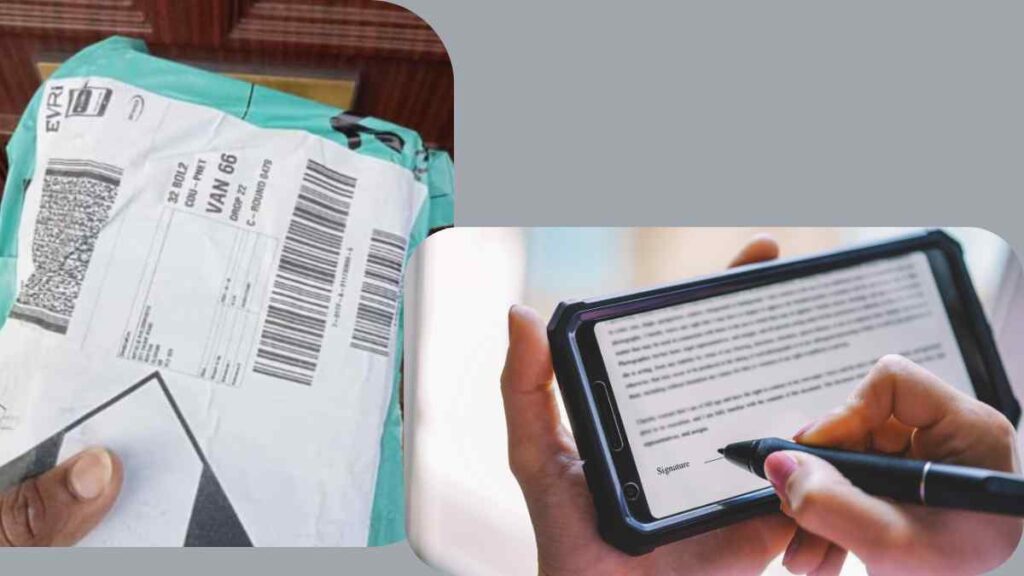
Why These Features Matter
This proof of delivery helps to handle the complexities of international logistics with precision.
They help businesses reduce delivery disputes and ensure compliance with international regulations.
NOW READ: Paper vs. Digital: Why Proof of Delivery Software is the Future of Logistics
About the author
Mia is a multi-award-winning journalist. She has more than 14 years of experience in mainstream media. She's covered many historic moments that happened in Africa and internationally. She has a strong focus on human interest stories, to bring her readers and viewers closer to the topics at hand.

